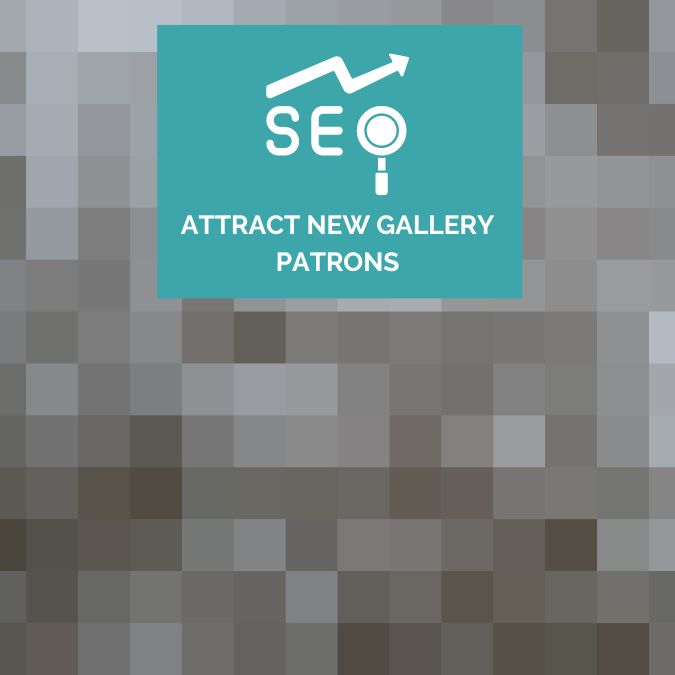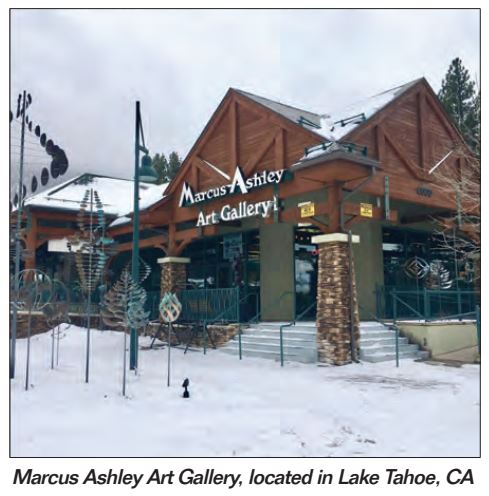Free Fuel for Art Gallery Management
Get a taste of how Gallery Fuel can help with art gallery management. I want you to run a gallery business that thrives. Explore some of the free stuff here.
When you are ready to propel your gallery business forward, consider the benefits of becoming a member for your gallery’s success .
Learn how.
Navigating Pitfalls in an Art Gallery Sales Strategy
A sales strategy is vital to your gallery business. When crafting a sales strategy there are things that can derail your plan, however being aware of what they are can help you avoid them. There are also several things that an effective gallery sales plan should do.
Your top priority is to increase art sales and gallery revenue. You need a sales strategy that is designed to succeed.
SEO Fundamentals for Art Galleries: Drive Traffic and Sales
By focusing on SEO, your gallery can attract more art lovers to your site. Increased website traffic can increase sales, especially if you establish a straightforward buyer’s journey.
Let’s talk about the SEO fundamentals that art galleries should know and what Google, Bing, and other engines look for to determine your gallery’s rank.
Priorities for Today’s Art Gallery Business Development
Let’s explore some recent trends you, as a small gallery, may wish to consider as you plan the priorities for your art gallery business development. Including some of these ideas and strategies in your gallery business development priorities can help your future success gain momentum and increase sales.
Generosity as a Brand Strategy: Standing Out in the Art Gallery Industry
Today’s art collectors will be more likely to support the gallery and your artists if you are actively generous. It just feels good. Learn how to apply generosity to your art gallery’s brand strategy and connect it to your business values. The results increase awareness of your gallery and help motivate sales.
Checklist: Presenting your Gallery Artist Roster Online Best for Buying Decisions
This checklist provides simple ways to increase the value of your gallery’s artist roster, portfolio, and biography pages for potential collectors who are browsing your website.
While there are gallery-specific software programs available that can help you meet many of these requirements, there are crucial elements that you need to personally ensure are present on your website.
How Art Galleries can Leverage Digital PR Strategies
In this article, let’s explore digital PR and how your art gallery can leverage strategies to create a buzz around your artists and events. Digital PR has redefined how art galleries can create awareness about their artists and exhibitions. By incorporating these strategies, you can expand your reach, attract a global audience, and foster deeper engagement with qualified buyers.
Turning Tourist Sales into Repeat Sales
Do you get a lot of out of town visitors in the gallery? How do you turn vacationers into repeat sales for your art gallery? For galleries located in desirable destinations, it can mean even more opportunity to grow their customer base. Learn what other galleries are doing to boost sales.
Surviving the Storm: A Guide to Running an Art Gallery in a Recession
In this article, let’s discuss creating a gallery marketing action plan to mitigate economic challenges. Whether it’s a recession triggered by a financial market crash, war, a global pandemic, or the forces of nature, having a plan is crucial. This plan should be implemented swiftly and encompass proactive adjustments to your business model, enhancing your resilience in times of crisis.
In this article learn how to create a gallery marketing action plan so you can attenuate the potential financial consequences of a recession.
How to Plan a Pop-Up Art Gallery
The pop-up art gallery continue to be popular as a means for an art gallery business to expand their brand awareness, increase their market and collector base and introduce their artists to new prospects.
Conquering Sales Anxiety: Proven Techniques for Selling Art with Ease
Learn tips for creating a solid mindset when engaging in sales conversations with art collectors. We will look at strategies for creating a memorable experience, selling yourself first before selling gallery art, inspiring with confidence, demonstrating the client’s best interests, and the importance of patience in the sales process.
I want all your sales associates to build strong relationships, foster loyalty, and generate positive word-of-mouth referrals – Anxiety Free.












